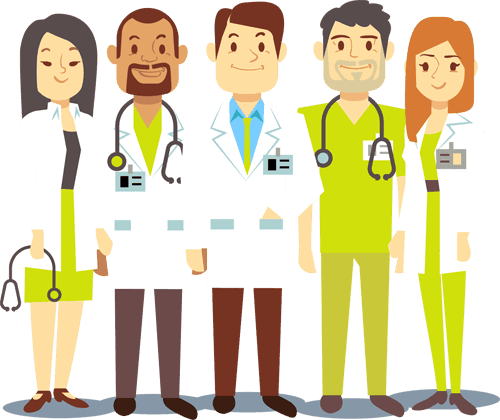Doctors must be true to themselves, but at the same time they must be chameleons toward their patients.
A doctor fills in certain roles in the lives and stories of his patients.
It is a two-way relationship that looks different to each person you serve throughout every working day, even with the simplest meetings you have.
Some of your patients need to be closely monitored for some time because they are exhausted and in serious condition.
Others need to listen to them quietly.
Some need reassurance and empathy.
Others are thirsty for detailed information.
Some patients want to see you as equals and friends, while others keep a distance because what they have to share with you is something your best friend can’t say – except to his doctor without the familiarity of a friend.
You may be naturally analytical, intuitive, reserved, or outgoing, but you must get a sense of your patient and the situation he or she is in and understand how you can fit into that situation.
You do not dress the same way in your office as in a formal outgoing, nor do you behave the same way in every situation of your life.
So it would be selfish of you to act the same way with every patient!
You work at being chatty and cheerful, but you need to find the right vocabulary for each of your patients.
The roles you play in people’s lives are essential for them in those moments, in their personal journey.

Many people need someone in an archetypal role to take them to the next level or the next chapter of their lives, by saying or doing something they cannot do themselves.
Doctors are performers, not only when they perform medical procedures, but also when they make a diagnosis or some guidance to the patient.
Think of these two words:
The practice of medicine and the communication of medicine.
Both words, and both concepts, point out that what you do in this job is much greater than you as a health scientist, which goes beyond time and place. You have to work not only on the scientific level of your work but also on what happens in the energy field of two people during a therapeutic meeting.
“The magic of medicine begins with the doctor / patient connection”… experts say!
This connection requires you to be what we call:
Responsive, active, and shrewd.
This means “active listening”.
Listen to your patient, he is telling you the diagnosis!
Listen to your patient, he is telling you what kind of doctor you need to be for him!



